К нам наконец-то пришёл RFID, страшно наверное?))
- начну с хорошего: совсем нет! На этом статью можно закончить?)
Продолжу для любопытных и смотрящих в перспективу...Но без лишней информации, которой спецы по RFID плотно удобряют любое его описание, поехали:
1. Техническая часть.
RFID Technology Explanation
RFID технология лишь общее название для типа приёма информации с метки, которая представляет из себя: антенну, конденсатор и ЧИП, в котором находится необходимая заложенная ранее информация.
Если мы исключаем из схемы ЧИП, то в случае меток типа 13,56МГц мы получим угадайте что? Обычную по виду РЧ метку. Как так? Физика считывания меток 8,2МГц и 13,56МГц схожа полностью.
Частоты и виды меток RFID:
- 1. 125-134кГц - используется только при контактном методе считывания, и дальность его крайне ограничена.
- 2. 13,56МГц - может использоваться в проходных рамках в качестве пропуска или считывания данных с коробок, но не дальше 1 метра для качественного считывания данных.
- 3. 860-928МГц UHF - НАШ диапазон, в котором на сверхвысоких частотах при использовании специальных антенн возможно считывание до 3 метров со стабильным результатом.
- 4. 2,45+5.7ГГц - На данный момент не используется в массах, это более специфическая система для считывания меток с еще большего расстояния с целью отслеживания перемещения.
Почему был выбран именно UHF (сверхвысокочастотный)?
Соотношение цена системы/цена метки/дальность считывания.
1,2 не подходят по причинам низкой дальности и плохой считываемости.
4 вариант запредельно дорогой для ритейла стоимостью меток, но всё может поменяться когда-нибудь очень не скоро.
Для сравнения:
АМ (акустомагнитные) и РЧ (радиочастотные) системы противокражной защиты также используют метки, но работают на других частотах.
АМ системы используют частоту около 58 кГц, а РЧ системы - 8,2 МГц.
Эти более низкие частоты позволяют АМ и РЧ меткам быть более простыми по конструкции, так как они не содержат чипа с информацией, а лишь резонансный контур.
Однако, это также ограничивает их дальность считывания по сравнению с RFID метками, работающими на более высоких частотах.
2. Внешний вид меток.
Нас интересуют только те метки, которые нам нужны, другие будут только загромождать ваше внимание.
Факультативы:
конфигурация двойной антенны обычно 2*5см
комбинированная RFID + RF двойная антенна квадратная 4*4см
другие конфигурации не работают на этой частоте из-за невозможности передачи мощности на этой частоте. Никакие спирали с большим количеством витков на сверхвысоких частотах не работают.
2) Жесткие датчики со встроенными RFID-метками:
Особенности:
- часто помечены надписью RFID;
Вот так... то есть в некоторых случаях вы не сможете отличить их от AM или RF визуально, если не знаете ассортимент таких меток, поэтому я выкладываю то, что есть в моей базе фотографий от реальных клиентов.
На что следует обратить внимание:
1. сенсоры 2-в-1 от Sensormatic, которая интегрировала RFID в свои серые суперметки до 2010 года (AM-метка и тонкий плоский контур RFID);
2. Датчики 2-в-1 от CheckPoint, которые мы также увидим где-то в начале 2010 года (типичная радиочастотная метка и RFID-метка вокруг);
3. Датчики других производителей, которые все активнее наращивают производство и заполняют пока еще пустующую нишу.
Важный момент: все жесткие метки каждого производителя имеют... один и тот же код метки, что логически означает, что они сразу же маркируются как ANTI-THEFT SENSOR.
Это означает, что они не программируются и не несут никакой информации о предмете, к которому они прикреплены!
.... Сочность этого важного момента заключается в том, что если у вас есть свой небольшой магазин и вы устали от всех этих ворот, вы можете... просто установить RFID-систему, поменять датчики и все, без сложной программной инфраструктуры, привязанной к информации в датчиках. Просто указав в настройках считывателя, что такая-то и такая-то RFID является датчиком... Готово.

3. Физическая форма считывателей меток.
!!! внимание для тех, кто имеет опыт... Я думаю, вы легко заметите, что дизайн этих считывателей отличается от производителя к производителю, точно так же, как AM или RF ворота!!!
НАКЛАДНЫЕ МОДЕЛИ:
NEDAP - отличается округлыми формами, встроенными светодиодами, похожими на точки (штука с двумя черными глазами - это счетчик посетителей, не обращайте на нее внимания):
б) встроенные системы в воротах также видны, например:
Checkpoint разработал и внедрил дополнительные модули для своих ворот, которые устанавливаются непосредственно на раму ворот; их можно найти в UNIQLO:
Sensormatic предлагает дополнительные модули для дооснащения, которые устанавливаются вместе с панелью на ворота AM Synergy последней модели, и зона рамы (ворота EAS) полностью перекрывается.
В реальности они не встречались нигде, кроме тестовых магазинов в США 🇺🇸 :
У NEDAP есть отдельная линейка моделей с RFID-модулем, который выглядит как удлиненная часть ворот посередине; его можно найти в DECATHLON:
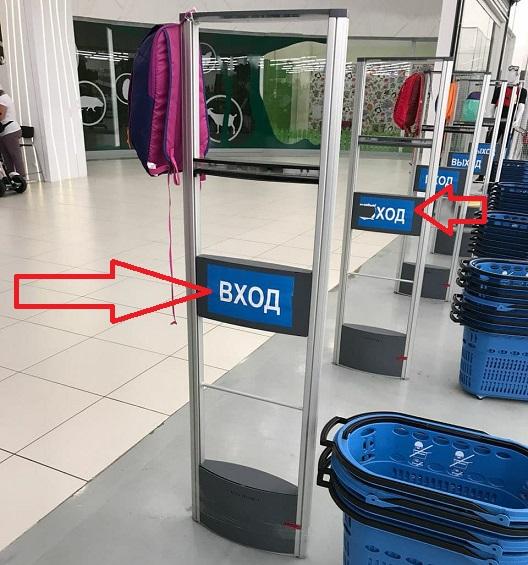
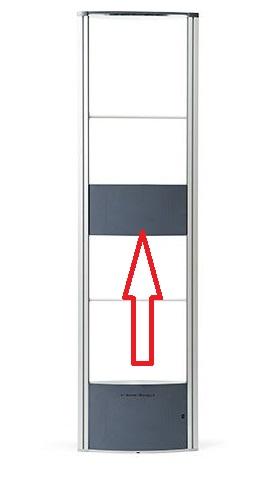
Также были замечены модификации коробочных ворот в DECATHLON, в которые были добавлены модули RFID:
Информация с меток считывается в довольно узкой зоне направленности излучателя-считывателя, они не являются всенаправленными. Поэтому их располагают вдоль всех зон входа-выхода в магазин или над кассовыми зонами.
4. Уязвимости.
RFID-метки чрезвычайно уязвимы к физическому воздействию, достаточно сломать их пополам или сложить пополам, если метка имеет вытянутую форму.
Как и радиочастотные, они не считываются, если их приклеить к металлическим предметам, волна не проходит через металл и считывание возможно только в условиях прямой видимости при радиопрозрачности препятствий.
И есть еще два фактора, которые снижают считывание информации: жидкость (защитить пластиковые бутылки практически невозможно) и положение в пространстве относительно антенн некоторых производителей.
Только первые два фактора умножают на 0 шансы на полную замену всех остальных противоугонных систем.
Что мы можем для вас сделать?
- В условиях необходимого и корректного шума в зоне считывания получить цифровую информацию с чипа метки практически невозможно. Поэтому в наших ближайших планах - создание специализированной RFID-глушилки. Скорее всего, она будет сочетаться с другими глушилками и станет дополнительной опцией.
5. Перспективы.
Сейчас я не вижу шансов на полноценное внедрение в других даже очень крупных сетевых магазинах "не одежного" сегмента. Стоимость меток высока, как и стоимость оборудования и программного обеспечения.
Продуктовые сети очень жадны до таких затрат, а что касается магазинов электроники или парфюмерии, то даже без использования RFID у них есть достаточно качественные методы складских решений.
Что мы пропустили?
- RFID - это не только метки и считыватели... это очень дорогое программное обеспечение, это дополнительные вычислительные мощности и их администрирование, это считыватели и инвентарный контроль со всем комплексом использования RFID от завода до рук покупателя. Иначе все это не имеет смысла и окупаемости. Изучить подробности коммерческих предложений и мотивы внедрения можно на достаточно качественной странице:
https://www.cisper.nl/en/case-studies/decathlon-uses-tageos-rfid-labels-to-identify-millions-of-items-worldwide
Какие сети с наибольшей вероятностью начнут использовать RFID в будущем?
- Я ставлю на сеть H&M, так как на всех новых точках они устанавливают только ворота NEDAP со встроенным RFID-модулем. Ближе всех к внедрению находятся ADIDAS и NIKE, так как они уже давно маркируют большинство товаров с фабрики и имеют складские RFID-методы учета. Небольшие локальные сети не были замечены в подобном развитии, они вообще не участвуют во внедрении, даже не предпринимая никаких попыток.
6. Как это работает глазами вора в магазине и охранника.
Продаваемый товар с биркой имеет код в чипе для этого конкретного товара (на самом деле серийный номер присваивается на заводе).
Когда вы подходите к зоне считывания с этой штукой и меткой, на специальный смартфон охранника отправляется уведомление:
Такая-то и такая-то вещь находилась в зоне такого-то и такого-то читателя, то к вам подойдет охранник, если он был в этот момент рядом, и спросит "попался?)"...
Нет, сначала он спросит вас, где находится эта конкретная вещь. Затем он проверит вас с помощью ручного считывателя, который имеет более узкую зону поиска, и найдет метку. Но такие ручные считыватели тоже очень дорогие, поэтому не факт, что вы увидите их в реальности.
Но если товар находился на кассе, RFID этого товара был считан и товар прошел проверку, то уведомление не придет, но все будет отображено в программе смартфона и на его экране. Следовательно, даже купленный товар попадет в базу магазина с отметкой "покинул магазин".
Что вы можете сделать с этой информацией?
- Вопрос к вашему воображению, я не буду давать вам подсказки или учить теневым схемам...










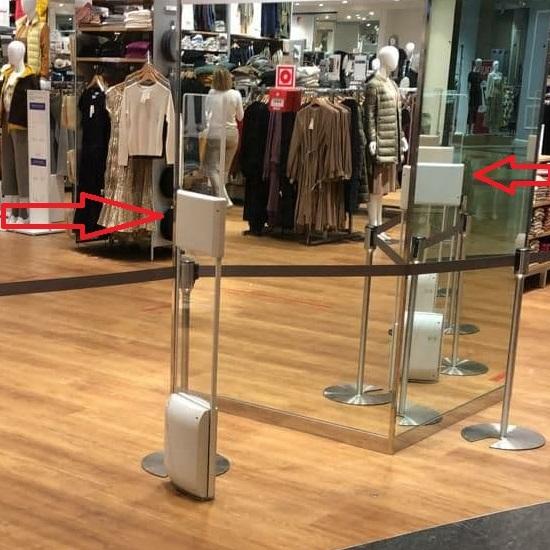
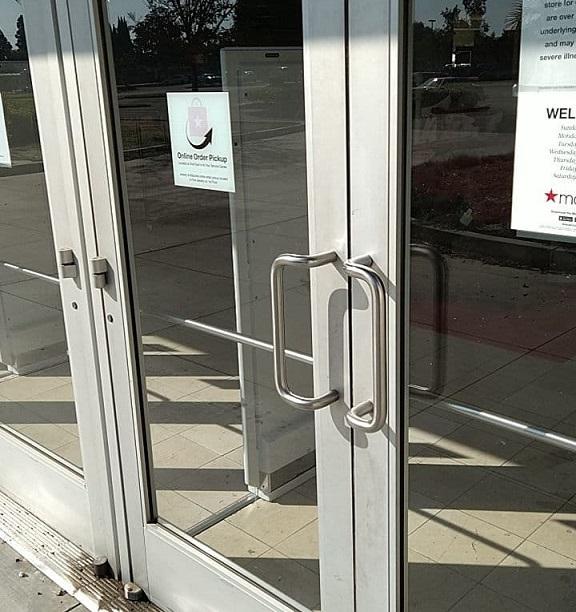
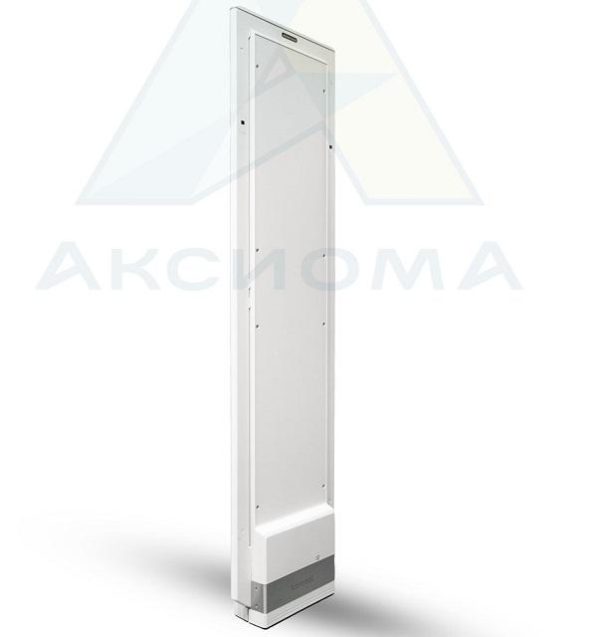
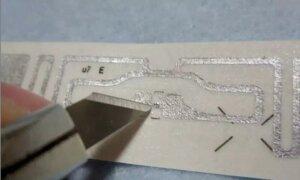
Броник форева)
XXL Швеция, Мальмё, начала работу с RFID
Я в декатлоне меняю рфид наклейки с дорогих вещей и ставлю в карман наклейки за минимальную цену,потом иду на кассу самообслуживания,Там даже есть человек, который наблюдает, что он не посмотрит на сумму , им все пофиг в конце дня либо в обеденное время, когда очень много народа ....
То есть я их вижу даже на пакетиках с орехами, в виде наклейки со штрихкодом.
Каждый раз узнаю, чтото новое. Спасибо 🙂
А рфид метки эти фольгой или тканью глушатся или нет?